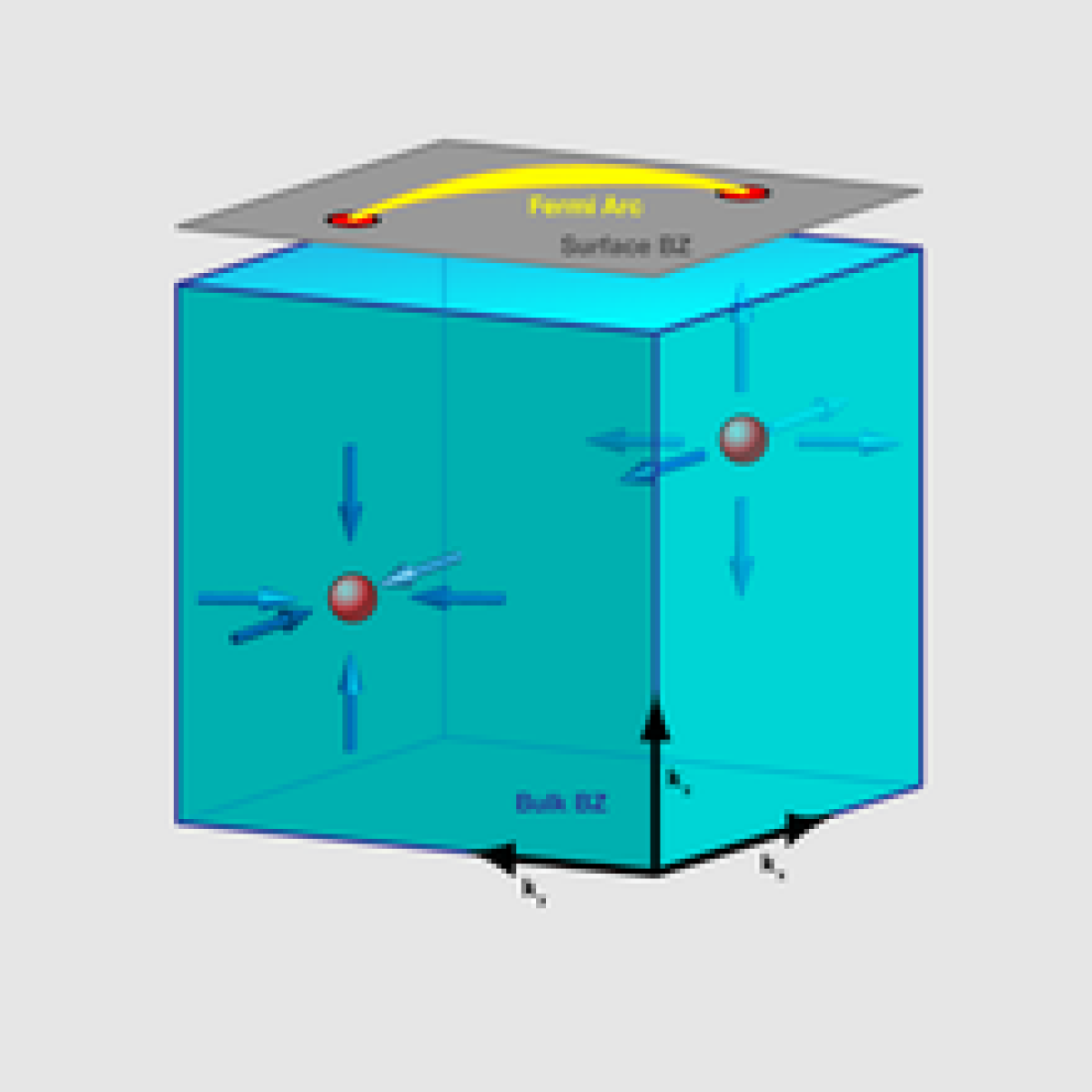
Physicists have discovered the existence of an entirely new kind of quantum material, more or less on accident. The breakthrough could lead to the creation of a semimetal with the potential to revolutionize energy transmission technology.
Researchers from the Rice Center for Quantum Materials in Houston, Texas, and the Vienna University of Technology in Austria, recently created a theoretical model they hoped would help them better understand high-temperature superconductivity, according to a Rice University press release. To their surprise, the model revealed the potential to create a never-before-seen semimetal in an completely separate branch of physics: topological quantum materials. The research was described in a new paper published in the journal of the Proceedings of the National Academy of Sciences.

Corresponding author Qimiao Si, a theoretical physicist at Rice University, explained to Newsweek that what they stumbled upon was a new theoretical model in which electrons suddenly acted as if they didn't have any mass.
"In other words, the electrons move like they were photons," Si told Newsweek over email. "A group of such electrons move like a ray of light does."
Massless electrons are indicative of the elusive particles known as "Weyl fermions," which though theorized nearly a century ago have never before been observed. Si and his colleagues demonstrated that Weyl fermions result from strong, mutual interactions between the material's electrons, and believe their work could help experimental physicists create a solid-state material whose electrons have zero mass, which they've coined as a "Weyl-Kondo semimetal."
At extremely low temperatures, beyond the reach of the thermal energy forces that would otherwise dictate their behavior, the electrons begin to act "quirky," Si explained to Newsweek. "Quirky" means they now follow the rules of quantum mechanics, which is to say they do weird stuff that the rules of classical physics are insufficient to explain. (Think of the famous paradox of Schrödinger's cat, in which something can be considered both alive and dead simultaneously - that's an interpretation of quantum mechanics, something that can't be accounted for by regular physics, according to which things can't occupy more than one state at a time.
There are potential applications in the realm of quantum computing, but because Weyl fermions have the ability to conduct electricity with very little loss—somewhat similar to a superconductor, Si explained—the new material could also change the way we design technology related to energy transmission.
Uncommon Knowledge
Newsweek is committed to challenging conventional wisdom and finding connections in the search for common ground.
Newsweek is committed to challenging conventional wisdom and finding connections in the search for common ground.
About the writer
Kastalia Medrano is a Manhattan-based journalist whose writing has appeared at outlets like Pacific Standard, VICE, National Geographic, the Paris Review Daily, ... Read more
To read how Newsweek uses AI as a newsroom tool, Click here.








